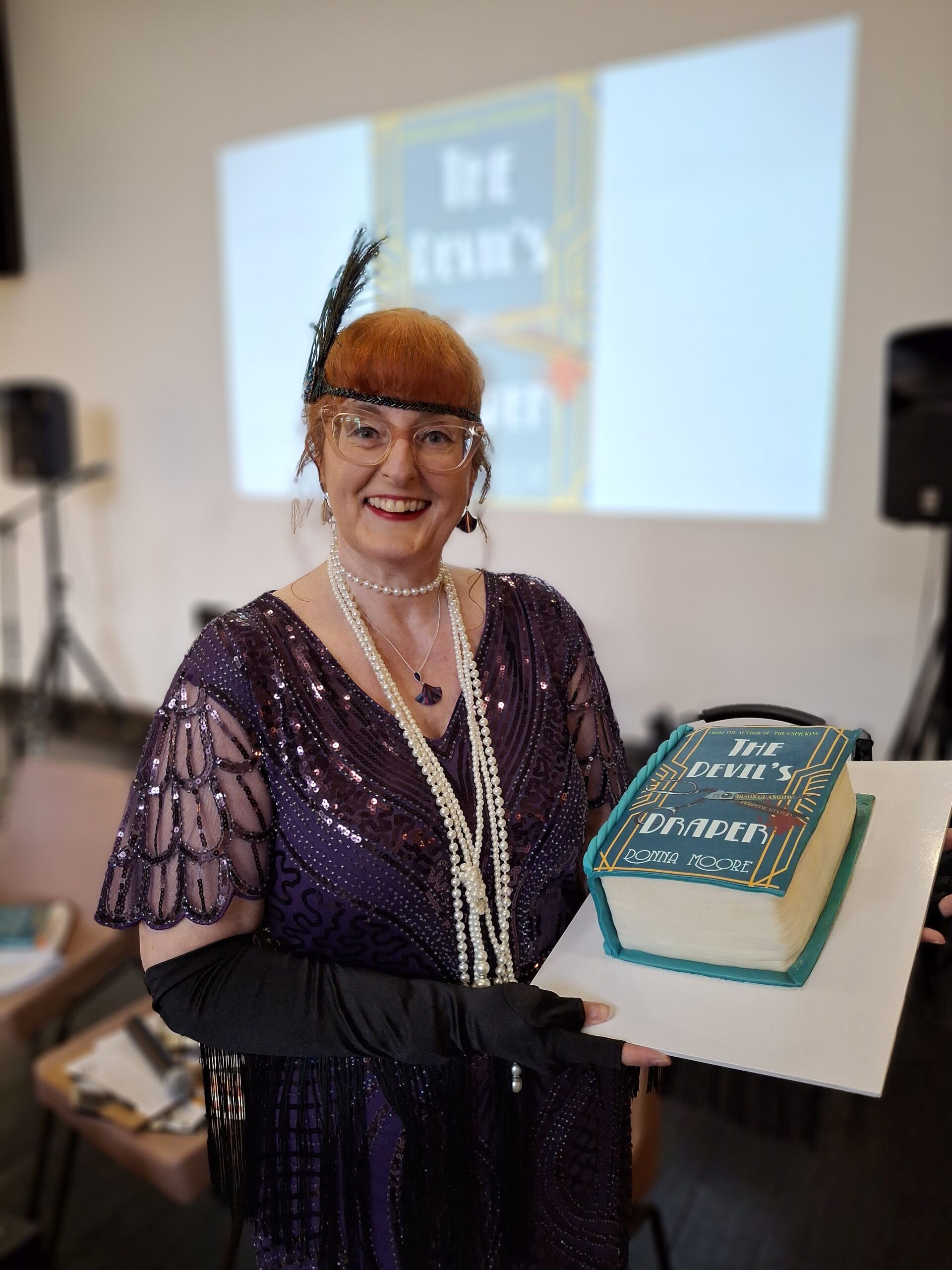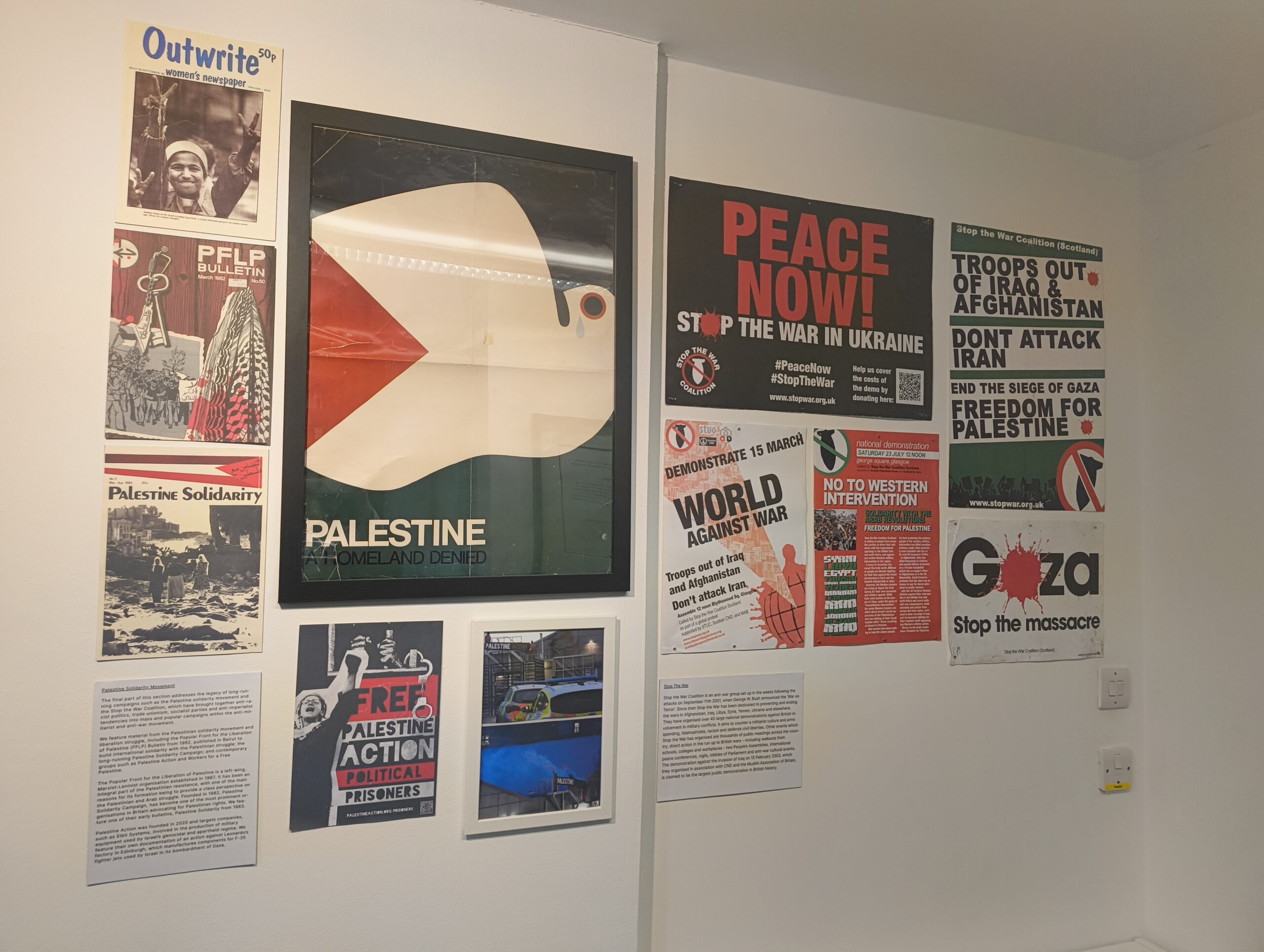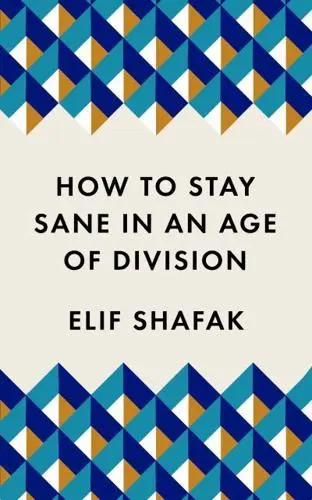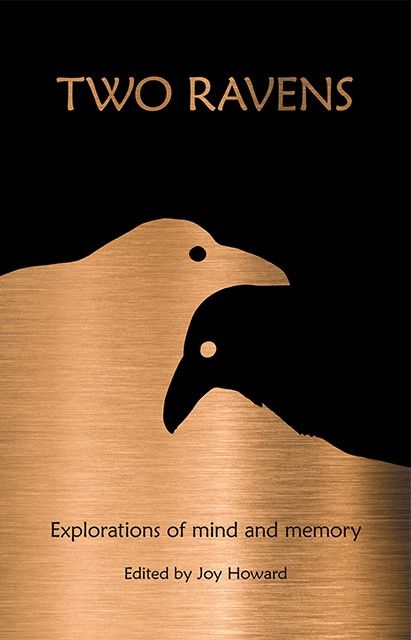Below is our volunteer Milly’s response to the exhibition Home Where Home is Not which is on at GWL and Platform until 3rd August 2019.
When I first read the title of this exhibition, my hand stopped flicking through the pages of the programme, and I reread it: “Home Where Home Is Not.” This is probably a similar experience a lot of people have when coming across Sogol Mabadi and Birthe Jorgensen’s exhibition, as migration is growing exponentially for a plethora of different reasons (according to one Guardian article, about one in 80 people around the world migrate to another country), whether it be out of necessity for one’s safety, better occupational opportunities, political reasons or even for a change of culture. Whatever the reason, finding a home from home is something more and more people are becoming familiar with. I myself started the journey of rediscovering what home is four years ago when I moved from a shut-off part of rural north-eastern England to Glasgow for university. Now that I have graduated, and facing the possibility of starting the journey of finding home somewhere else all over again, the exhibition definitely stayed with me long after looking at all the different pieces. The main ideas that struck me were the fragility and duality of the concept of home, and how I personally handled it through the last four years of my life. The idea of home is more complicated, traumatic and political for many women across the world, for example being forcibly removed from their home for their gender identity or sexual orientation, or being displaced due to conflict, poverty or persecution. All this goes to show that home is not a physical place, but a concept one adapts and changes through the course of one’s life, and I believe Sogol Mabadi and Birthe Jorgensen’s exhibition beautifully encapsulates this through their work. However, I can only speak from my own perspective, and the discussion obviously does not end with my response. Home is a universal notion that looks different to every individual, so the conversation in this sense will never be completed, finalised and presented as a fixed notion. Home will forever be fragmented, complicated, scary and safe all at once, and sometimes not at all.
Entrance
As you cross the threshold of Glasgow Women’s Library, you are at once greeted with the disembodied sounds of breathing exercises that are the soundtrack to a video placed high above eye level. There is automatically a tension of familiarity, as the sound of breathing is something we hear all the time, yet it is disconnected as at first you are unsure of where it is coming from. This can be a rather unsettling experience, and perhaps an odd advertising decision as it doesn’t really follow the standard protocol for a warm welcome (which GWL always aims to offer its visitors)! However, this sound being placed at the entrance drives ‘home’ the feeling of the sometimes terrifying ordeal of arriving somewhere new and unfamiliar, and having to attach the intimate label of home to it. The sensation does a compelling job of emulating the feeling I had when my mum left me alone in my halls of residence room at the beginning of my first year of university. I remember the anxiety-ridden dissonance of thinking “this is home,” yet still being totally unfamiliar with where I was. To drive this all ‘home’ (yes, I will reuse this!) you do not know the people creating this auditory atmosphere in the foyer; the sound you know that gives you life is coming from people you will never know or even see. The disconnect between the unknown and such primal instincts meet as soon as you walk through the door. When you feel threatened or uncomfortable, your natural instinct is to go to something familiar, but when home is unfamiliar, one must find new comforts there somehow. The sound of the breathing at first sounds menacing, but if you follow along with the breathing exercises, it is actually a calming experience. The process of the unfamiliar becoming the familiar takes its time, but eventually what was once strange alleyways will be your shortcuts, and what was once the shape of a bed in a new room will be your bed in your room.
“Nocturnal bridge building, skin stretching, flood defences and other stories 5.”
This leads to Jorgensen’s installation that you see when you walk through the doors into the main library. It consists of a rust coloured frame with cut-up bed sheets in light, childlike colours stretched and tied to its bars and flood defence bags weighing down the base. The comfort of bed sheets attached to an industrial looking frame creates the tension of soft and hard, while the flood defence bags symbolise safety, but with the potential of danger. This, like the entrance display, combats the notion of home being an unfamiliar place. Also, it conveys the idea of our worlds being split and the desperate want, or rather need, to repair this fragmentation in the juxtaposing materials used to create this piece. The comfortable dresses the uncomfortable to try and mimic safety, to mimic home. I put up cosy fairy lights, brought pictures of childhood friends and pillows I had on my bed into this new room in halls to try and create a veil of comfort, of familiarity over the frame of a bare room that was supposed to be my safe haven. While on the surface they were to simply ‘decorate,’ to make the dull, drab room look more appealing, it was much deeper than that; my pictures and bedsheets were the flood bags stopping the tide of anxiety and homesickness from taking over my new space. They were to assimilate my old world into this new one for an ease of transition.
It’s also very interesting to read what Jorgensen says about this piece. She talks about the structure creating a space within a space which is what home is in its bare bones: a personal space within the shared public space. However, it’s us as individuals that cast this intimate, personal meaning to it. You see this especially when Jorgensen mentions a participant of the exhibition who used sleep to cope with her world being split. How we identify home, and how to make ourselves feel safe and secure is entirely subjective, making every home personal and unique. Even if the exterior and furniture were identical in every abode, it is how we use this space and make it our own that turns a house into a home and feel personal. Yet, like waking up from a long nap, unexpectedly walking into this new space within a space in the library is a little disorientating. You lose your bearings and direct knowledge that you’re in a safe space that one receives from sense data. Senses play a considerable role in the feeling and concept of home, which links perfectly to the next piece!
“Group encounters and the sound of interdependency.”
So far I’ve only really talked about home being a space, the place to call your own. But what I found the most daunting part was calling a new shared space home. Learning a new city with its own streets and web of unwritten rules is definitely what scared me the most. I tried to assimilate myself by looking like I knew what I was doing, and often failed as I realised I’d walked down the wrong street or caught the wrong bus, or caught the right bus but in the wrong direction. Becoming a part of a new collective is something I feel is not talked about that much when discussing moving home, and something Sogol Mabadi depicts playfully in her installation in the main event space.
The piece consists of multiple blocks placed on the ground, which you are invited to move, all by a black fabric circle that, at least for me, acts like a black hole for the senses. All the blocks look like little boats that you can arrange around an object that negates all senses, inviting the viewer to experience and perceive in different ways, which reminds me of having to rely on other senses to navigate unfamiliar streets. When you don’t know the city like the back of your hand, random little things become your landmarks so you remember different paths: the big red door; the sushi shop; the tall building that has distinctive carvings. You begin to map out the new city in a way you personally perceive it, what you individually notice about your surroundings.
Another thing you notice though, is the collective of people you’re surrounded by in this new shared space. When you’re familiar with a place, you stop taking in what’s around you, and so taking away such senses which is what that black circle represents, reminds you you’re in a collective of many and arranging yourself with everyone else. Rather than just go on autopilot travelling to your destination when you know your environment well, you look around and notice that you are part of a multitude of people, one little boat in a sea of many, many boats. This is a very uniting, yet paradoxically isolating experience, as you feel part of something, but what if everyone else is more part of it than you are? Perhaps this is why we are all so desperate to look like we know what we are doing; to feel like you belong there. It’s human nature to want to arrange the blocks on the floor into some kind of pattern, some order, which represents how desperate you are to fit in and follow these new rules and look like you’re born and raised in that place. When I realised I had walked down the wrong street I didn’t just turn around and correct my mistake, I stubbornly kept walking and added five extra minutes to my journey as I circled around pretending like I meant to go this way, rather than just turning around and quickly correcting the error because, god forbid, what if someone knew I wasn’t from this place? Perhaps it’s all in a desperate attempt to trick ourselves into feeling at home.
“…your tears”
Moving on into the upstairs gallery, there is Jorgensen’s bust named “…your tears”, which I think gives a more gendered view on moving home. To be a woman in any public space will always have its potential threats, but when you’re in unfamiliar territory, one feels even more vulnerable. Perhaps that’s why I was so desperate to look like I knew what I was doing and like I belonged, to appear secure and confident so I’m not a potential target. The bust’s blank, yet incredibly familiar and recognisable expression depicts this; it’s the prescribed female expression that is copied and pasted onto every female portrait in the National Gallery: passive, inoffensive and mild (for more discussion on this topic, if you haven’t already come across it, John Berger’s work Ways of Seeing goes into how women are portrayed in art more in-depth, available either in book form or there are clips on YouTube of his television show explaining the same ideas). This expression is safe, it is not confrontational and it is the prescribed demeanour for women. However, her eyes are looking just off centre making this woman distant, not letting anyone feel close to her perhaps for her own protection. However, the tears tell a different story. It’s a hauntingly beautiful testimony to the grief of having to split your world in two; to call somewhere new your home means saying goodbye and mourning your old home, yet, as I’m sure many of us have experienced, female emotions are often treated the way we treat a minor rash: definitely do not take it seriously enough, ignore it and hope it goes away. So, this woman keeps up the façade of passiveness and normality to not antagonise or be perceived as a threat to the gender class structure to keep herself safe. Yet the emotions are genuine, and very raw.
The chest is also organically concave, which reminds one of the expression where the whole exhibition got its name, “home is where the heart is.” When home changes, your heart goes missing, and you have to replace it with something new, because where you’re from impacts who you are as a person, as it’s where you spent your formative years. This all seems terrifying at first, but, by building new relationships, finding a circle of friends, you can create a new heart; find yourself again somewhere new. Glasgow was once unfamiliar to me, it was big and scary, and I didn’t know anyone, but I built a life here. I found new friends, new relationships, new little usuals, and slowly, your heart does rebuild. But, the bust perfectly displays the agonising journey to get there. That is my personal response, but, as I said, home is different to every individual.
“Odd-kin”
Sogol Mabadi’s work Odd-kin, also found in the upstairs gallery, is absolutely fascinating to me. It references Donna Haraway’s phenomenal essay “A Cyborg Manifesto” (a must-read if you’re interested in the relationship between technology and the political body, there are PDFs available online and also physical copies to lend from the library). While the work references technology becoming part of the body, the Nintendo DS handheld game console captured in a Vaseline case made me feel incredibly nostalgic. The console is the exact same I used to spend hours playing when I was younger in my childhood bedroom, and the Vaseline puts it behind a blurry screen making it seem like I’m looking at the exact one I had through a hazy memory. This made me think about the power nostalgia and memories have on our idea of home, and the contradicting role technology is having on this in more recent years.
Home is where you build memories, where you lay solid emotional ties to a place, because that street is where you learned to ride a bike, that bump in the pavement is where you tripped and hurt your knee so bad you thought you’d never walk again even though it was only a surface graze, that house is where you had sleepovers with your friends, where you bickered and laughed with your siblings. It creates emotional ties that make you call somewhere home. This is why we struggle to give new places the same title; we don’t have those connections. However, when we add technology, this becomes tricky, and it can make the transition of moving home even harder. With technology constantly changing and rapidly evolving, how we connect with specific devices or apps becomes exceedingly temporary, yet they are also extensions of ourselves because they become part of our emotional attachment to a particular place. I played that games console for hours on end in my bedroom, and so it’s part of my memories of that place, but they don’t make those consoles anymore (I mean you can buy them second hand online, but they’re old, worn down and very clearly part of someone else’s youth), and so that part of home is lost to me.
Even the way we communicate has fluctuated and evolved staggeringly quickly throughout the years, I talked to my friends from school on MSN (when no one was using the house phone, we have come a long way since then!), but the way you would use MSN and the way you would use more modern communication methods such as Snapchat or Whatsapp is entirely different. How we form relationships, a fundamental part of finding home, is therefore always changing, which can make assimilation and transition increasingly slippery and challenging. This may become even more pronounced with time, and by no means am I saying this is a bad thing (I cringe thinking back to the MSN days!); new technologies have enormous potential and apps such as Twitter have given groups across the world a new voice and a platform to organise. Yet, apps come and go as fast as hair trends, so the connections we make on these platforms is so fleeting that the nostalgic attachments we make will be even more distant and impossible to recreate. However, is making a new home necessarily trying to recreate home? Or, is it a wholly new fresh start, a clean slate that invites you to be something completely different, meaning new ways to communicate, create new forms of relationships? That is something only you as an individual can decide for yourself.
Here I have only discussed five parts of the exhibition, which is by no means everything that there is to see! I highly recommend visiting GWL, and also Platform located in Easterhouse, to see the whole exhibition yourself. Take in what you see and visualise what home means to you.
You can read more about Home Where Home is Not in this post by Daphne who visited the exhibition at GWL and Platform with a group of Front of House volunteers.





